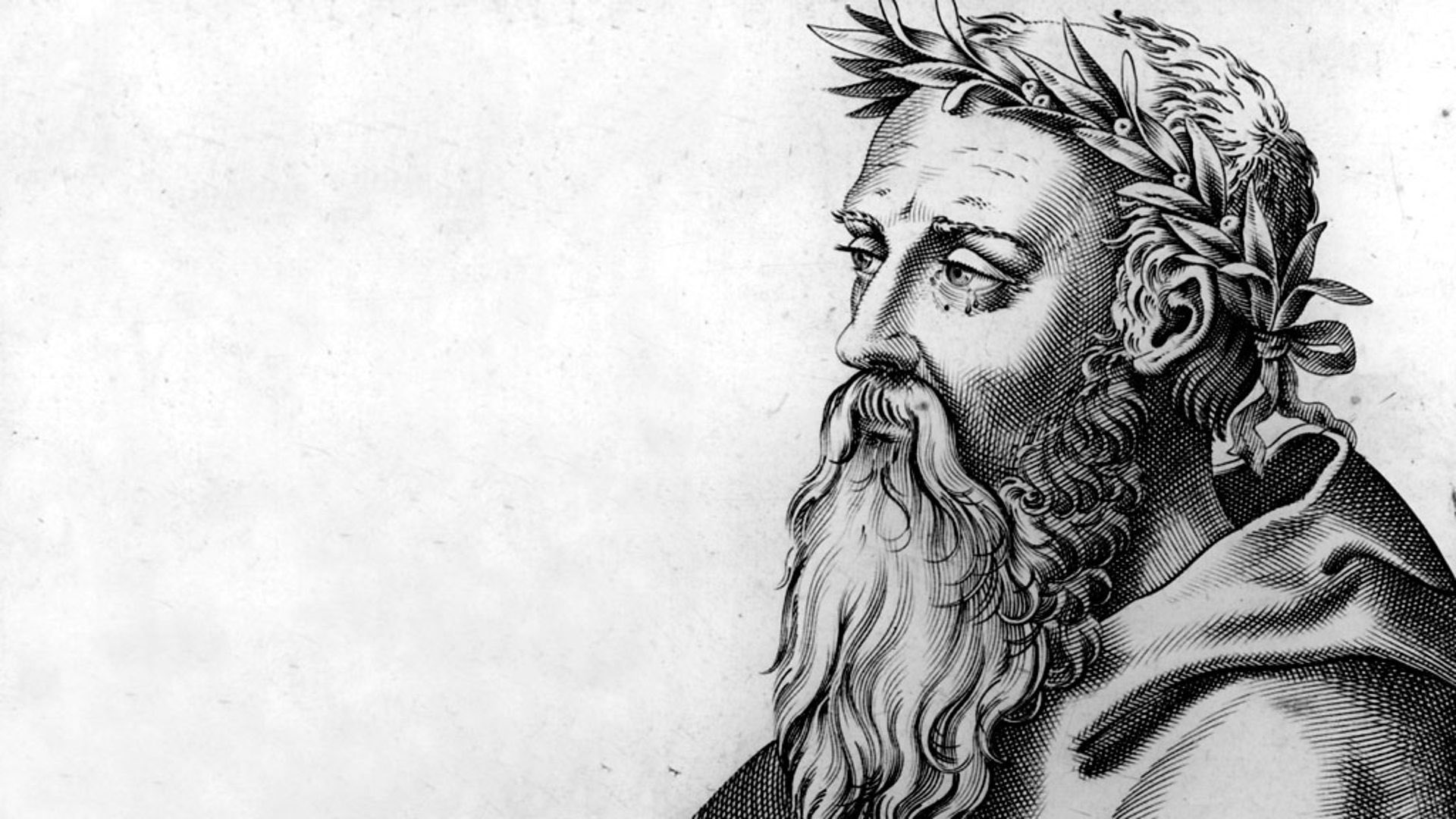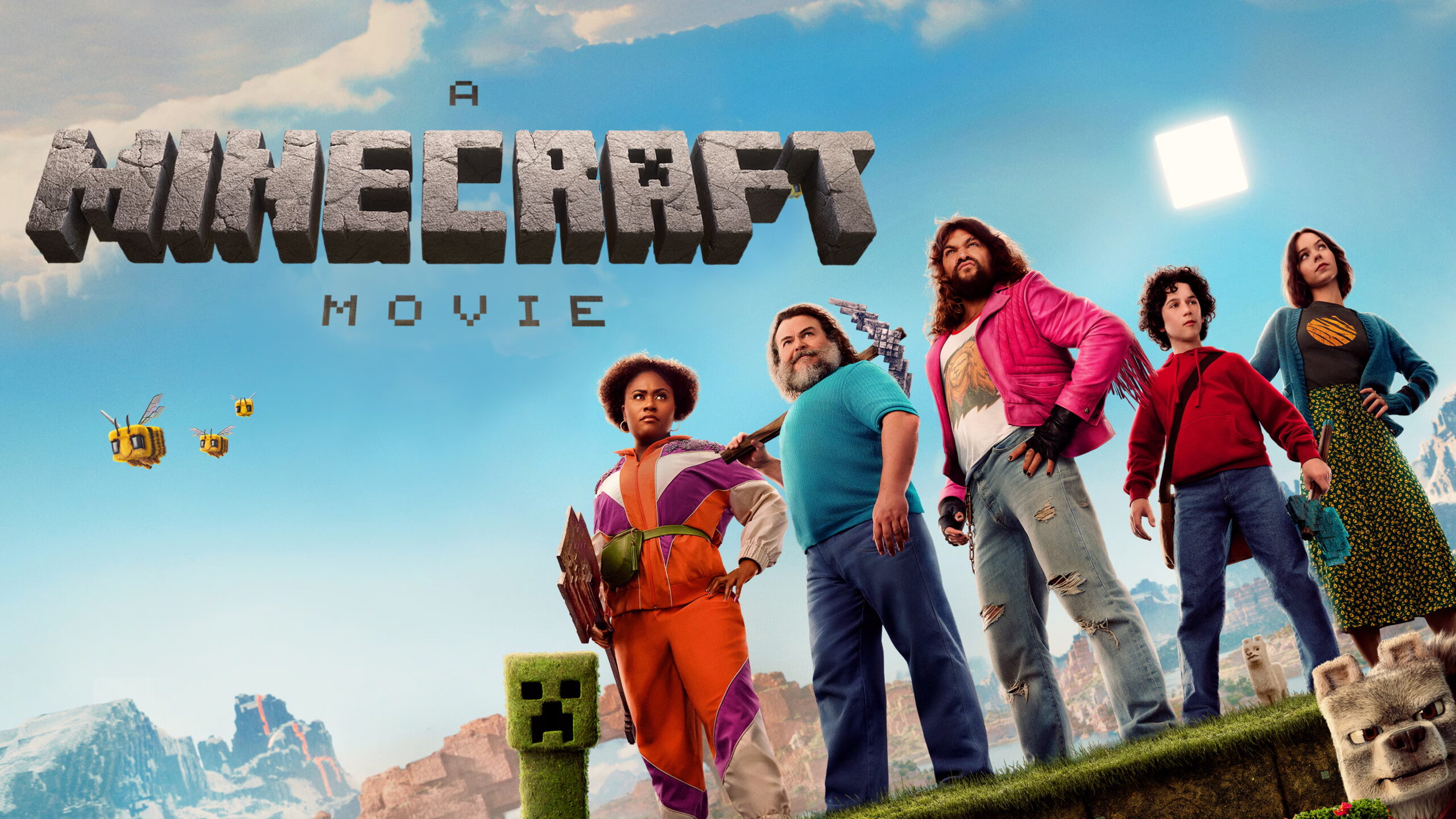From radio to streaming to AI, every revolution follows the same script… technology rewrites the rules, and the curious adapt.
From radio to streaming to AI, every revolution follows the same script… technology rewrites the rules, and the curious adapt.
Those Greek philosophers were pretty smart. One of them, Heraclitus, said, “The only constant is change.”
He had another banger: “No man ever steps in the same river twice, for it’s not the same river and he’s not the same man.” Heraclitus talked about change 2,500 years ago like a guy walking around today with AirPods and a beanie hat.
People in 480 BCE didn’t like change any more than people do in 2025 AD. We’ve been fighting it forever.

In the world of media, I’ve watched change unfold firsthand.
The effects of consolidation, digital music, and the rise of streaming apps completely upended the 80-year-old radio industry in less than a decade. When I was working in radio in the mid-2000s, people in television used to say, “Radio’s a dying medium. TV will survive long after radio’s gone.”
They said it with total confidence, like the rules of change somehow didn’t apply to them.
As another great philosopher, Yogi Berra, once said, “It’s déjà vu all over again.”
Because what happened to radio is now happening to television. Consolidation, streaming, and cord-cutting have disrupted a 100-year-old industry in a fraction of the time. The players are different, but the script is the same.
It’s like watching a sequel you didn’t ask for.
Technology and economics are still the two driving forces behind every shift. The rapid pace of technology changes the economics overnight. Whether it’s Spotify, Netflix, or the latest AI tool, the pattern repeats: innovation reshapes business models, and people scramble to catch up.
The music industry saw it first. Napster cracked the door open, iTunes pushed it wider, and Spotify blew it off the hinges. Then print followed: newspapers shrank, magazines folded, and blogs replaced glossy covers.
Now the film industry is next in line.
Avengers: Endgame employed more than 4,000 people, with thousands more working on its visual effects. It was a massive creative effort powered by human talent.
Fast-forward to today, and AI can generate lifelike images, write scripts, and even replicate voices. That doesn’t mean every job will vanish, but it does mean every role will evolve.
And the economics aren’t helping.
In 2019, nine American movies crossed the billion-dollar mark—including Endgame—most with budgets north of $200 million. In 2025, the budgets are still massive, but only one American film has hit a billion: A Minecraft Movie. When the costs rise and the hits shrink, something has to give.

But this isn’t about doom and gloom or a future run by robot overlords. It’s about perspective. Heraclitus wasn’t warning us; he was reminding us. Change isn’t a threat—it’s a constant. The question is how we adapt to it.
Every major shift in media created new opportunities for people willing to think differently. When radio lost dominance, podcasting exploded. When print struggled, digital newsletters and independent journalism thrived. When streaming upended television, creators with iPhones became their own networks.
The people who thrive are the ones who stay curious, learn new tools, and keep experimenting even when the old playbook stops working.
So here’s the takeaway: don’t fight the river. Learn to move with it. Because you’re not the same person you were last year, and your industry isn’t either.
Change will keep coming, whether we like it or not. The only question worth asking is: how will you grow with it?